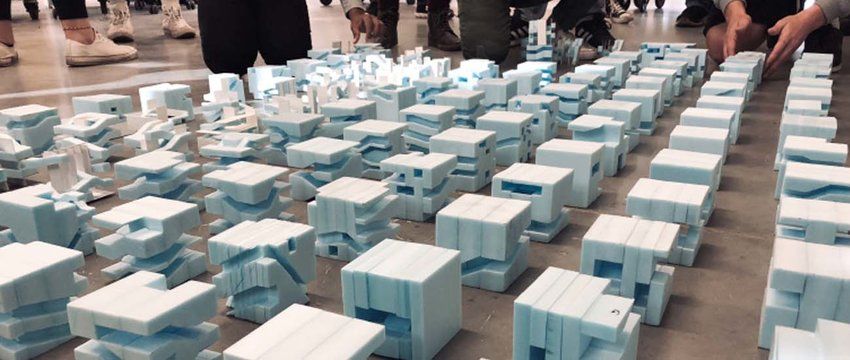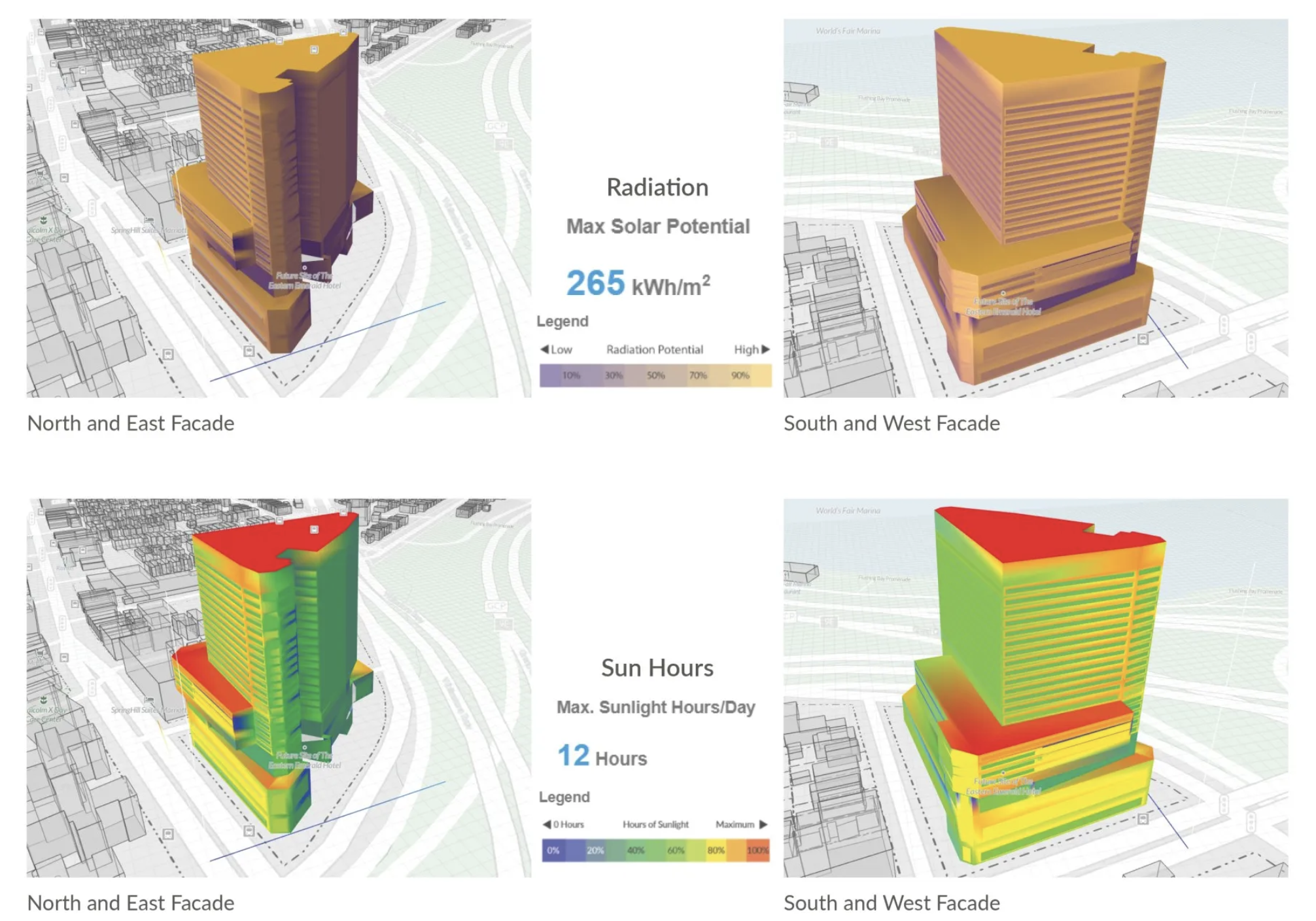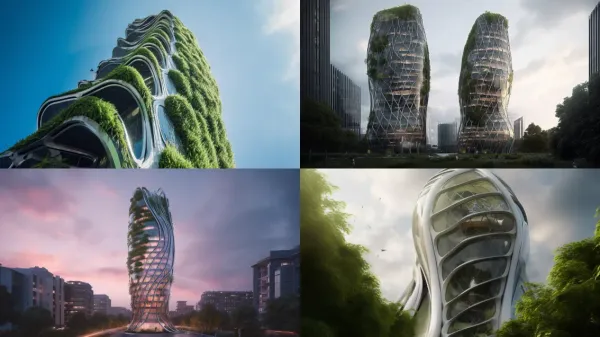Building performance optimization as a continuous process
Learn how to improve building performance on a continuous basis to quickly fix the major issues of our design without waiting for a detailed analysis that come often too late.

With the amplification of global warming, it is becoming increasingly important to optimize the building's performance. Indeed, the building and construction sector is responsible for as high as 39% of the global CO2 footprint!
But the construction industry is still using old way of managing project, where performance optimization come at the end of the process. But it is probably too late, as many choices are already made and hard to change drastically as it would need a lot of rework.
In this article, we will see why it is essential to optimize building performance on a continuous basis and from the very start of the project, instead of waiting for the building choices to be more stabilized.
Why building design early choices are impactful

When you are designing a building as an architect, your daily choices are impacting the final performance of the projects in ways you may not realize immediately.
The design choices that are done at the early stages of a project design are even more impactful. Indeed, when you are at that stage, the basic design options, like the global geometry of the building, the position on the site… and many more aspects are being defined.
But unfortunately, it is also a moment in the design process when we don't generally take time to think about performance optimization. We typically use our knowledge and intuition, as an architect, to make "good choices". And we mainly think we would optimize more precisely, when the building design choices are more stable.
And months after, when the project is much more designed, and it is time to do the full analysis, thanks to our engineer teams. It is sometimes too late to modify the more important choices, that ultimately prove not to be optimal from a building performance point of view.
This is a typical pitfall of a waterfall project management, as we are unfortunately so familiar with in the architecture & construction field. But with the rise of using Agile in building design, we learned that shortening the feedback loop and breaking the team's silos is key to achieve a better performance and agility of your building design team. If you are new to those concepts, please read more about how waterfall vs Agile in construction differs.
Continuous performance optimization

So instead of waiting months to have feedback on whether or no, your design has good performance, you can use new generation of energy modelling software. Those building performance analysis tools give you instant feedbacks on the design aspects to improve in priority.
But first, which performance optimization analysis are we talking about. There are plenty of them, of course. And thanks to sustainable building design, many other aspects of a building overall performance join the list.
What type of performance analysis should I do
But we can quote a few, to give you an idea of what can be done :
- Daylight analysis: How much your building will be lightened by the sun
- Carbon emission analysis: How much your design is emitting carbon during its construction and after
- Cost optimization analysis: Get closer to estimate the final cost of the building and make smart choice to lower the bottom line
- Shadow analysis: How your building is casting shadows and being shaded by other buildings
- Water use analysis: How smart you deal with the water resource as used inside the building or receive from the environment
- Energy consumption analysis: How much your building consume and how to lower it.
And more and more analysis that can also be done.
These new tools that can also use artificial intelligence to help get instant feedbacks, are accessible directly on the web, and display the data on top of the building design BIM model.
You can then integrate the building performance analysis tools directly in your design iteration routine on a regular basis : every 2 weeks, 1 month, as it fits best for you. Once you finish a design iteration, you can then import your design file designed in Revit or Rhino for example directly into the performance optimization software.
You can then check your building design performance automatically and more importantly visually. The fact that every team members and stakeholders understand the analysis is key to make good choices. This is done among other aspects thanks to the interactive 3D representation colourized to highlight the performance analysis and the ability to quickly test hypothesis and see the changes immediately.
Conclusion
Building performance analysis is very important to design performant and sustainable buildings. But if you don't check and try to improve performance regularly, you may be blocked by early choices that are hard to revert. Instead of just relying on your design intuition as an architect, engineer or contractor, you should integrate performance analysis in your design iteration and share the analysis with all the skate holders. So that actions can be done to improve it on a regular basis and design with data.




